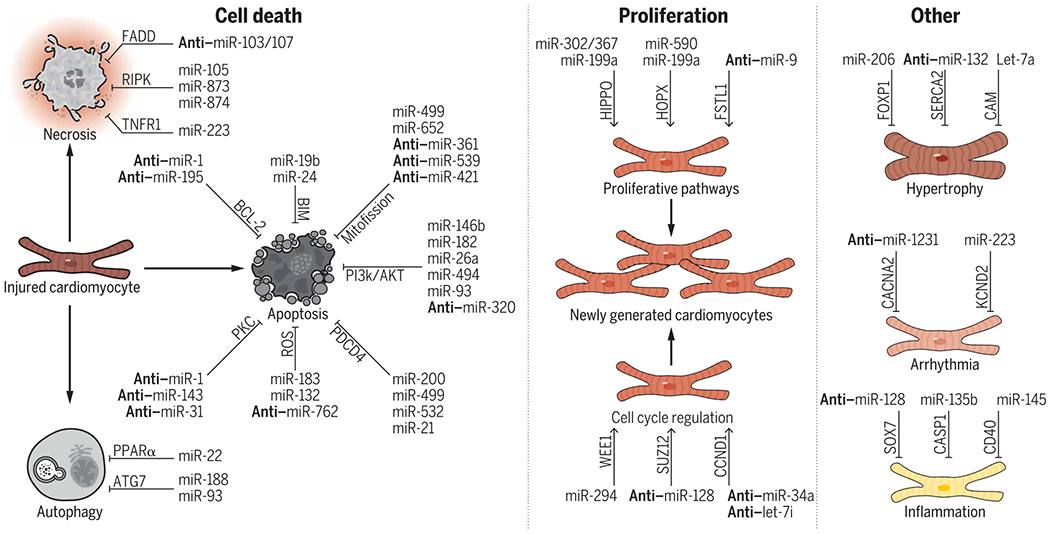Fig. 3. Summary of miRNAs that target cardiomyocytes after MI.

miRNAs have been shown to regulate apoptosis, necrosis, and autophagy-mediated cardiomyocyte cell death. For cardiomyocyte proliferation, miRNAs have been shown to modulate multiple proliferative pathways as well as the cell cycle directly. Last, miRNAs have also been shown to regulate important processes including hypertrophy, arrhythmia, and inflammation. Select well-characterized miRNAs, their targets (written above the arrows), and the processes that they regulate are shown (i.e., miR-19b prevents apoptosis through BIM signaling). miRNAs prefaced with “anti-” denote that the inhibition of the miRNA is therapeutic (i.e., the inhibition of miR-1 prevents apoptosis through BCL-2 signaling). For the complete list of miRNAs reviewed that affect cardiomyocytes, please see table S1.
